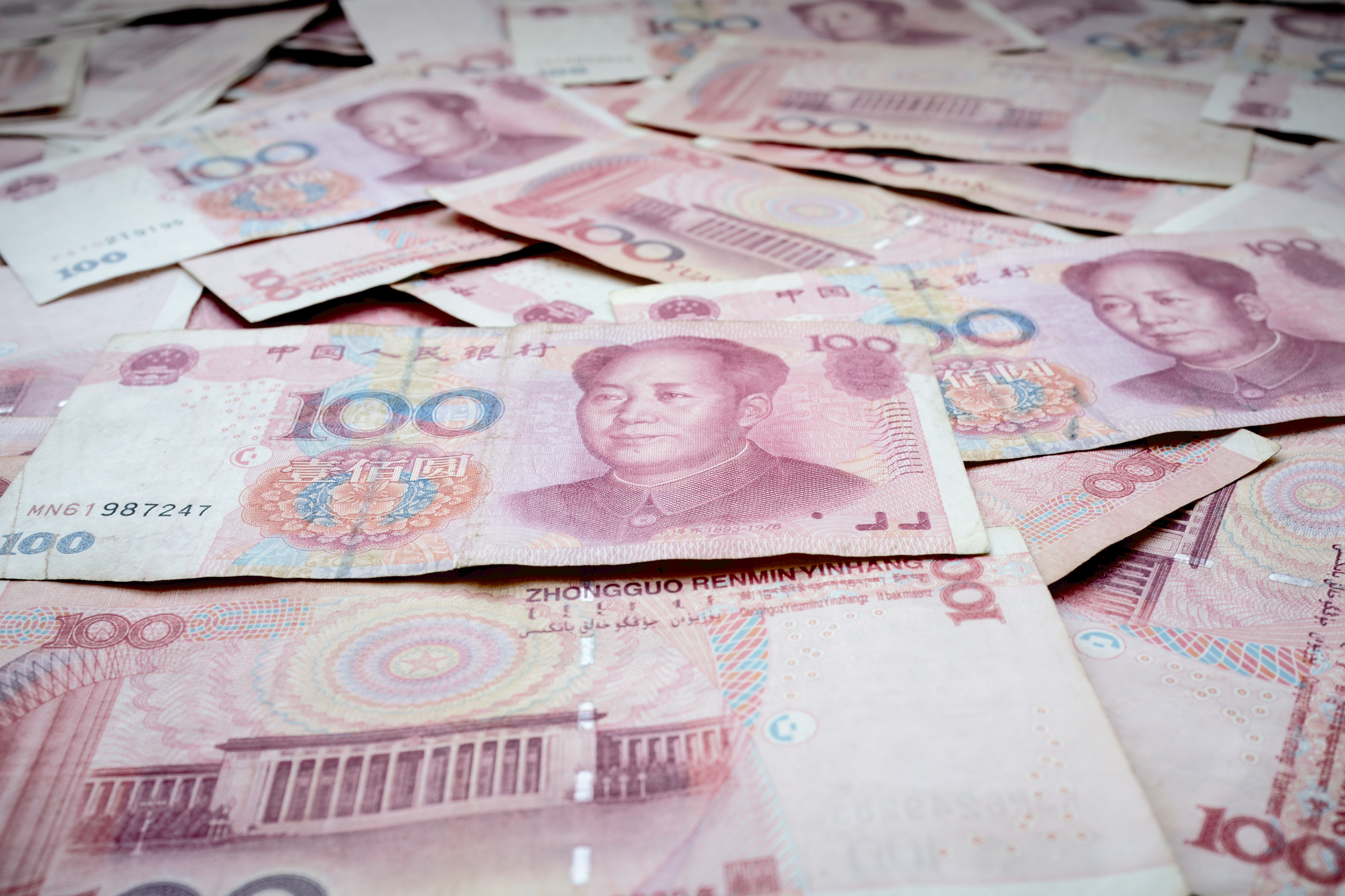Steady Renminbi, Uncertain Markets: How China's Currency Decision Affects Global Trade

China’s recent decision to keep the renminbi stable despite market expectations of a devaluation has raised questions about its currency strategy amid escalating US-China trade tensions. Many traders had anticipated that Beijing would weaken the renminbi following a weeklong market holiday, particularly in response to new tariffs imposed by the Trump administration. This move has significant implications for global financial markets, trade relations, and economic stability.
Market Expectations vs. China’s Decision
Market analysts had widely expected China to allow the renminbi to weaken as a countermeasure to the trade war, which would have made Chinese exports more competitive. Historically, Beijing has used currency adjustments as an economic tool, especially when facing external pressures. However, China’s decision to keep the currency steady came as a surprise to many traders and suggested a deliberate move to signal economic confidence and avoid panic-driven capital outflows.
Immediate Market Reactions
The financial markets reacted with mixed sentiments to the renminbi’s stability. Global currency traders adjusted their positions, while equity markets in China and abroad showed restrained movement. In the US and Europe, stock markets remained volatile as investors tried to interpret China’s stance. Meanwhile, commodities like oil and gold, which are often impacted by global trade uncertainties, experienced price fluctuations due to the uncertainty in trade relations between the world’s two largest economies.
Implications for Global Trade
The decision to keep the renminbi steady has several critical implications for global trade:
Impact on Export Competitiveness: A stable renminbi means Chinese goods do not gain an artificial price advantage in global markets, maintaining a level playing field for international competitors.
Effects on Emerging Markets: Many Asian economies that trade closely with China also depend on currency stability. A sharp renminbi devaluation could have led to capital flight from other emerging markets, triggering economic instability.
US and EU Response: The stability in China’s currency could influence the stance of US and European trade policymakers. While the US has previously accused China of currency manipulation, a stable renminbi might shift attention away from currency issues and back to broader trade negotiations.
The Role of the People’s Bank of China (PBoC)
The People’s Bank of China (PBoC) plays a critical role in managing the renminbi’s value through interventions in currency markets and regulatory adjustments. By maintaining stability, the PBoC aims to prevent excessive speculation and capital flight. However, if economic conditions worsen or trade pressures increase, China may still consider targeted interventions to adjust currency valuations subtly. The central bank’s policies will be crucial in shaping China’s long-term economic resilience.
Future Outlook: Stability or More Volatility?
Looking ahead, financial experts are divided on whether China will continue its currency stabilization policy or allow for more controlled fluctuations. Several factors could influence future movements:
Economic growth data and its impact on investor sentiment.
US-China trade negotiations and any potential tariff escalations.
Geopolitical developments, including China’s broader financial strategy and its response to economic headwinds.
The renminbi’s stability might be temporary if economic pressures mount, but for now, Beijing appears committed to a controlled approach that avoids unnecessary volatility.
Conclusion
China’s decision to maintain a steady renminbi, despite widespread expectations of a devaluation, reflects a calculated strategy to reinforce economic stability and prevent financial market disruptions. While this move reassured investors in the short term, the broader impact on global trade remains uncertain. As geopolitical tensions continue to evolve, the renminbi’s future trajectory will be a crucial indicator of China’s economic policy direction and its approach to navigating the complex landscape of international trade.
Author: Ricardo Goulart
Future Forex: Revolutionizing South Africas Financial Landscape With Cutting-Edge Fintech Solutions
Future Forex has combined actuarial expertise and deep engineering knowledge to build a robust, innovative financi... Read more
Industry Responses: Strategies For Overcoming Regulatory Challenges In US Bitcoin ETF Approval
The journey towards the approval of Bitcoin Exchange-Traded Funds (ETFs) in the United States has been fraught with regu... Read more
Navigating Market Volatility: Assessing The Impact Of A Strengthening Dollar On US Stocks
In recent months, US stock markets have experienced a notable rally, with indices reaching new highs. However, amidst th... Read more
Forex Today: Mexico And Canada Temporarily Cave In To Trump Tariff Pressure - 04 February 2025
Trump Suspends New Tariffs on Mexico and Canada for 1 Month on Concessions, Peso and Loonie Gain After Wild Ride; China ... Read more
Mexican Peso Strengthens As US Dollar Rally Fizzles Following Tariff Uncertainty
The financial markets experienced a turbulent session following the announcement that the United States would delay impl... Read more
Forex Today: Trump Tariffs Send US Dollar Soaring - 03 February 2025
USA Imposes Tariffs on Canada, Mexico, China, Threatens EU; Canada Retaliates With 25% Tariff Against USA; US Dollar Soa... Read more

